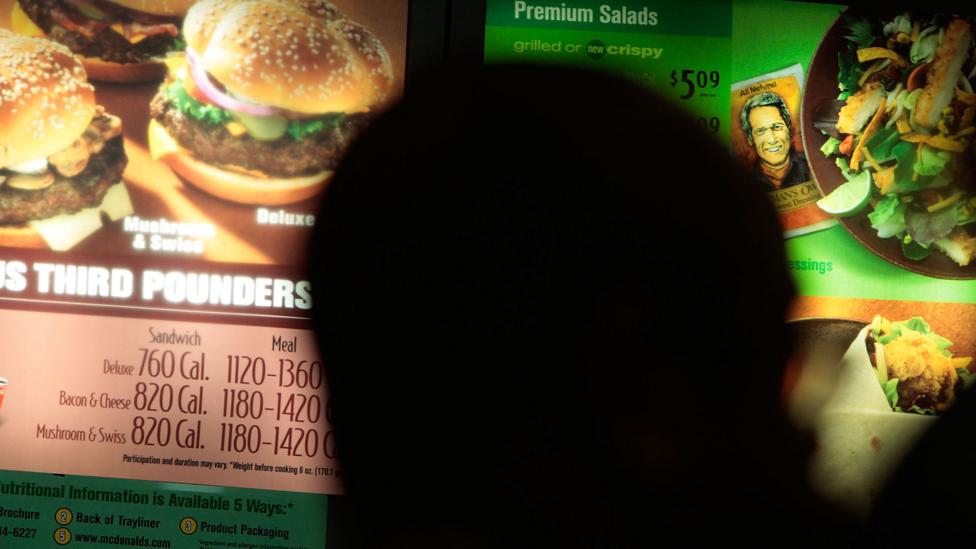The idea that what a person eats influences their health no doubt predates any historical accounts that remain today. But, as is often the case for any scientific discipline, the first detailed accounts come from Ancient Greece. Hippocrates, one of the first physicians to claim diseases were natural and not supernatural, observed that many ailments were associated with gluttony; obese Greeks tended to die younger than slim Greeks, that was clear and written down on papyrus.
Spreading from this epicentre of science, these ideas were adopted and adapted over the centuries. And at the end of the 15th Century, Alvise Cornaro, an infirm aristocrat from a small village near Venice in Italy, turned the prevailing wisdom on its head, and on himself.
If indulgence was harmful, would dietary asceticism be helpful? To find out, Cornaro, aged 40, ate only 350g (12oz) of food per day, roughly 1000 calories according to recent estimates. He ate bread, panatela or broth, and eggs. For meat he chose veal, goat, beef, partridge, thrush, and any poultry that was available. He bought fish caught from the local rivers.
Restricted in amount but not variety, Cornaro claimed to have achieved “perfect health” up until his death more than 40 years later. Although he changed his birthdate as he aged, claiming that he had reached his 98th year, it is thought that he was around 84 when he died – still an impressive feat in the 16th Century, a time when 50 or 60 years old was considered elderly. In 1591, his grandson published his posthumous three-volume tome entitled “Discourses on the Sober Life,” pushing dietary restriction into the mainstream, and redefining ageing itself.
With an additional boost of health into the evening of life, the elderly, in full possession of their mental capacities, would be able to put decades of amassed knowledge to good use, Carnaro claimed. With his diet, beauty became the aged, not the youthful.
Longevity trials
Cornaro was an interesting man but his findings are not to be taken as fact by any branch of science. Even if he was true to his word and did not suffer ill health for nearly half a century, which seems unlikely, he was a case study of one – not representative of humans as a whole.
But since a foundational study in 1935 in white rats, a dietary restriction of between 30-50% has been shown to extend lifespan, delaying death from age-related disorders and disease. Of course, what works for a rat or any other laboratory organism might not work for a human.













